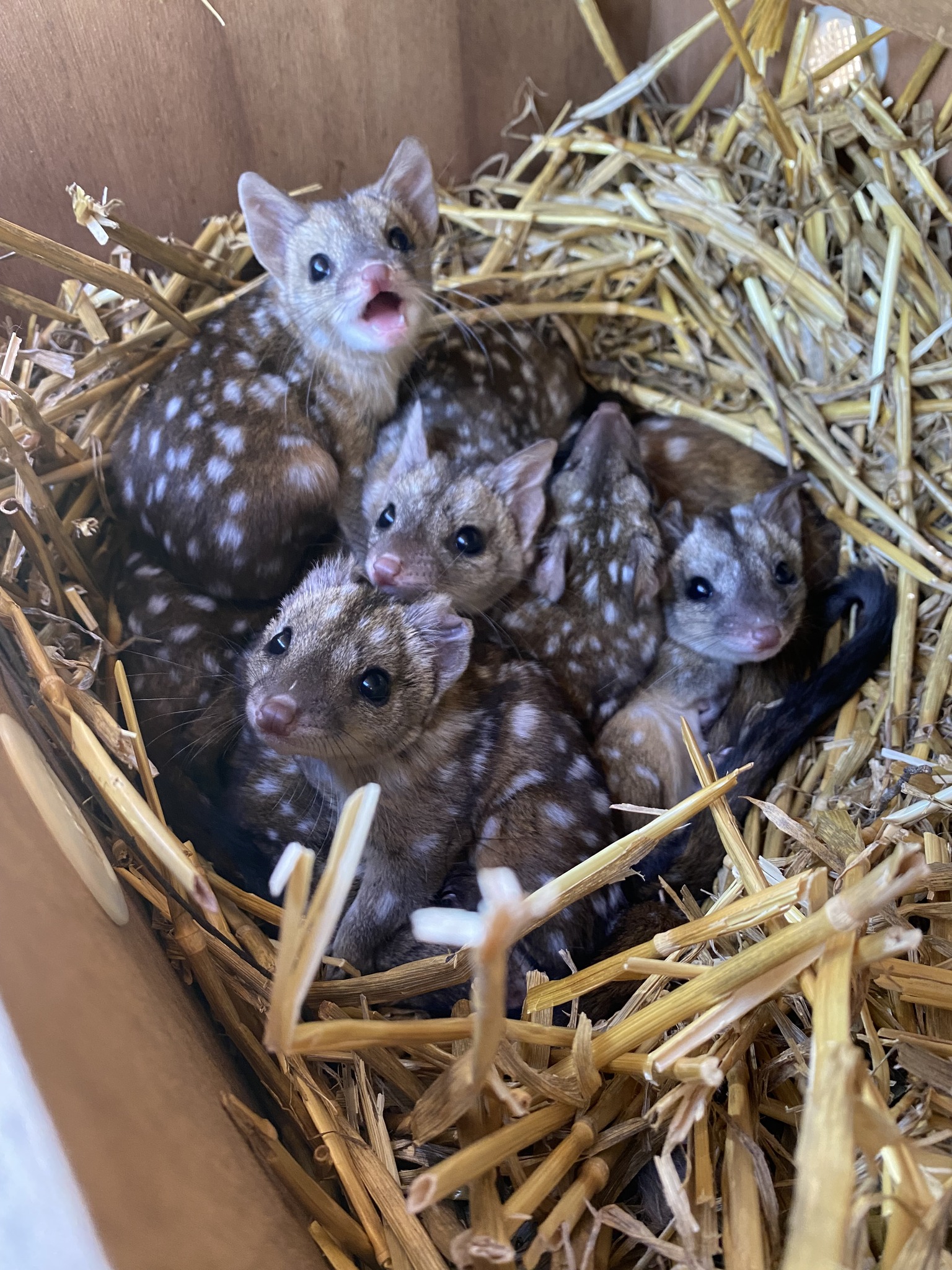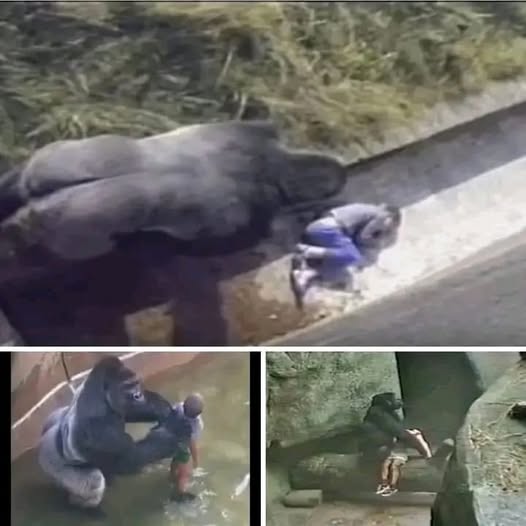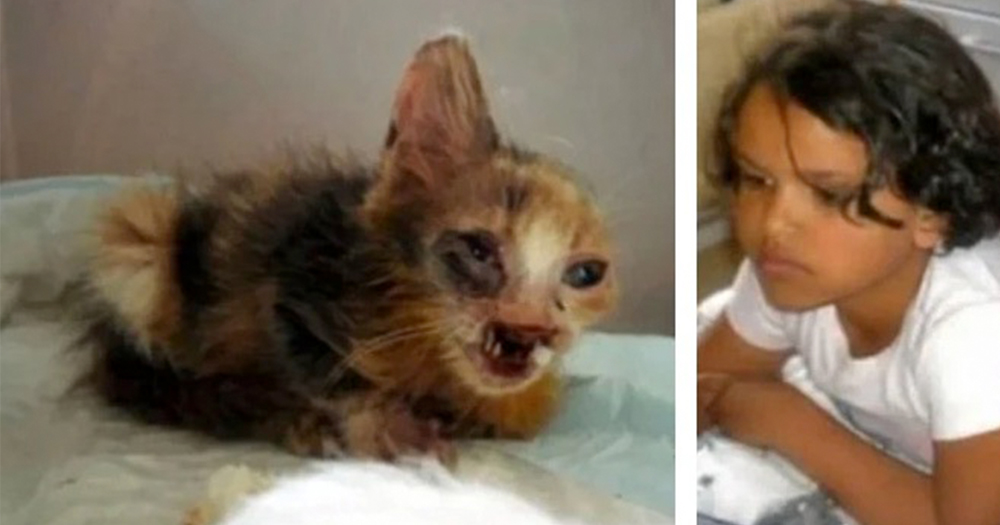There’s finally hope for a species that was once on the verge of extinction.
In a heartwarming breakthrough, a group of researchers at the Mt Gibson Wildlife Sanctuary in Australia recently made an exciting and unexpected discovery. During one of their regular rounds, they stumbled upon a nest that held something… unusual.
Inside, nestled together, were tiny, spiky creatures. At first glance, no one could say exactly what they were. The researchers were puzzled. These newborn animals looked somewhat like miniature hedgehogs — small, round, and covered in thin, sharp spines.
Naturally, their curiosity kicked in. What kind of animals were these?
The team carefully examined the nest and took a closer look at the young creatures. That’s when the truth hit them — and their jaws dropped.
These weren’t hedgehogs. They were baby echidnas, also known as puggles — one of the rarest and most mysterious animals in the world.
A Rare and Precious Sight
Echidnas are not your average animal. Native to Australia and New Guinea, these creatures are part of an extremely rare group of mammals known as monotremes. Unlike most mammals, monotremes don’t give birth to live young — they lay eggs.
In fact, only five monotreme species are known to exist on Earth: four types of echidnas and the platypus. That’s what makes this discovery so special.
Echidnas are difficult to spot in the wild, let alone find their young. So seeing a litter of newborn echidnas in a protected area is a sign that conservation efforts are finally working.
“This is a huge milestone for us,” said one of the lead ecologists at the sanctuary. “We’ve worked for years to make this environment safe for native species. To see baby echidnas thriving here — it’s both humbling and incredibly rewarding.”
Why Echidnas Matter
Echidnas are more than just cute and strange-looking animals — they’re crucial to their ecosystems. Often called “nature’s gardeners,” echidnas dig through soil in search of ants and termites. In doing so, they help aerate the earth, spread seeds, and improve plant growth. But for decades, their population has been declining due to habitat destruction, predators, and climate change.
That’s why sanctuaries like Mt Gibson are so important. Located in Western Australia, the sanctuary has been working hard to restore native habitats and reintroduce endangered species to the wild. The discovery of baby echidnas is a sign that the ecosystem is beginning to balance itself again.
The Road Ahead
Raising echidnas, especially in the wild, is no small feat. The animals are solitary and secretive, and their reproductive behaviors are still not fully understood. This litter is not just a win for the sanctuary — it’s a valuable opportunity for scientists to learn more about how these animals breed, grow, and survive.
The baby echidnas will continue to be monitored closely, with as little interference as possible. The hope is that they’ll grow up strong and eventually help repopulate areas where echidnas have disappeared.
A Small Victory with Big Meaning
In a world where many animal stories end in loss, this one is a powerful reminder of what’s possible. With patience, care, and determination, even the rarest creatures can make a comeback.
So next time you hear about a spiky little animal in the wild, think twice — it might just be one of nature’s most remarkable survivors making its quiet return.




